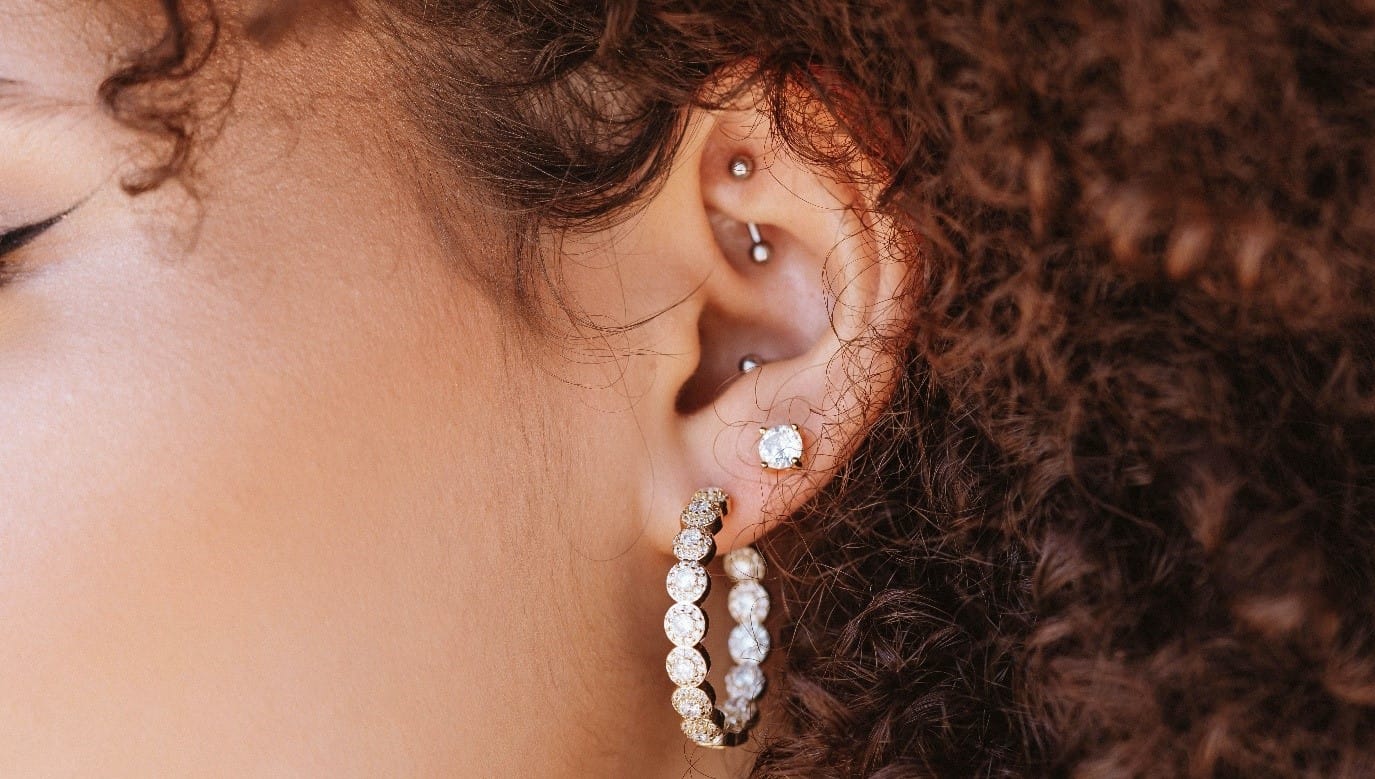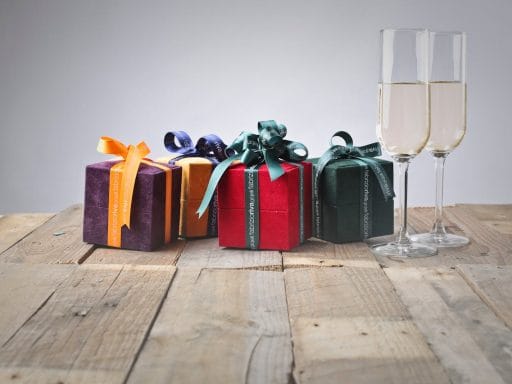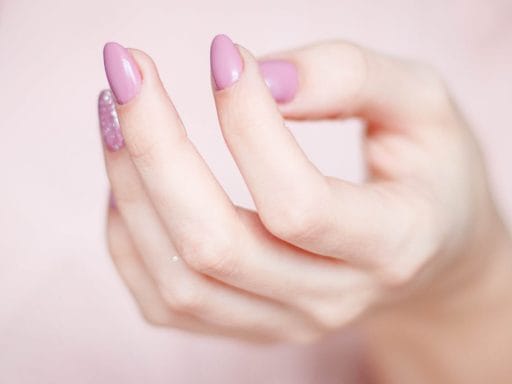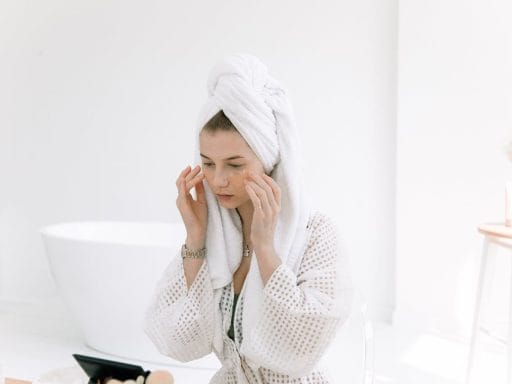An earring on your earlobe is something that wouldn’t get you much attention unless you wear a bright sparkler, but a hoop on the conch will definitely raise eyebrows. With the exotic position of the jewelry comes a price to pay. The pain you experience after wearing conch jewelry for the first time will feel ten times more than getting your earlobes holed. Doesn’t sound promising, right? We know.
Luxury jewelry brands like Angara know how much you crave a stand-out look and therefore, they come up with eye-popping designs that get you tons of compliments and attention at the same time.
For those of you who have made up your mind to get the conch portion of your ear pierced, our guide is here to rescue you.
Today, you will get to know all the details that will keep your ears happy during the piercing, cleaning, and healing of your conch.
But, first of all, you need to understand what conch piercing is.
Definition: The inner part of your ear that curves towards the ear canal and is protected by the outer border that ends into your earlobes is called the conch.
- Inner Conch: It is the inner portion of the conch lies just opposite the daith.
- Outer Conch: The area that’s visible just below the helix and the inner conch is the outer conch.
Fun Fact: Do you know why the portion above your earlobes is called a conch? It is because of its shape that looks similar to the conch shell!
Whether you go for the inner part or the outer part, getting a hole in your conch is always more painful than a piercing in your earlobe, because it contains cartilage and is not merely a mass of muscles and nerves.
Steps Involved in The Piercing Process –
- Cleaning–Before the piercing takes place, the first step is to disinfect your skin to ensure you do not suffer any infection after the piercing takes place. As an extra measure, take note of the piercer’s hand and see to it that they sanitize them before the piercing process.
- Informing – The piercing is always done on a pre-decided spot. If you aren’t sure where you should get the piercing done, look at the piercer’s portfolio. It might give you an idea of what’s best for you.
- Marking the Area–Once you have given the consent, the piercer will mark the point with a pen as a temporary guideline to work with.
- Insertion of the needle/Punch–The piercing job can be done in two different ways. One, either the piercer will use a needle to puncture a hole in your skin, which results in a tiny hole. Here, the size of the needle varies between 12g to 14g. The second method uses a dermal punch. When you wish to get a larger hole than 16g, the piercer will use this device to remove a tiny portion of skin. It will create a see-through hole. Thus, there is no separate entry and exit point for the ear jewelry you wear.
- Reducing the bleeding – Compared to your earlobes that bleed for a few minutes or so, and do not show any sign of bleeding on day two, conch piercing is different. To reduce the bleeding, your piercer will apply pressure over the area and wait for a while until the bleeding drastically lessens.
- Recleaning – After the bleeding is less severe, the piercer will clean the punctured area to reduce the risks of infections.
How Much Time Does It Take to Heal?
The duration of healing differs from person to person, but usually, it takes between 2 to 4 months for your skin to fully recover from the disruption piercing has caused. Whilst the pain can take 4 to 8 months to completely go away.
Important Aftercare Tips
After you have had your conch piercing, you need to take certain measures to keep your ears in a good condition.
This entails –
- Regular cleaning: From day one of the piercing, your piercer will advise you to follow a daily cleaning ritual. As per the instructions of your piercer, clean your ear twice a day. He might recommend you use a saline solution. After the initial period, he will ask you to clean the ear once a day.
It removes the blood that might get collected over your ear and form a dried crust. By carefully wiping your ear daily, you will also remove the dirt, grime, and oil that might get in there from wearing your hair down. - Say no to cosmetics – After piercing, your skin can become prone to infections, even from the mild moisturizer you apply. Therefore, as a precaution, you must avoid applying any kind of cosmetics to the skin and your ears. Almost all skin products contain chemicals that can irritate your skin.
- Clean with care – During the cleaning process, gently wipe the water that’s left. Use soft material like a paper towel, hypoallergenic gauze pad, etc. to soak up the leftover water so you don’t scratch your skin unintentionally.
- Leave Your Piercing Jewelry Alone – As your skin heals, it can undergo swelling and inflammation. Touching your piercing jewelry over and over can adversely affect the cleaning process. So, it is best to not move it a lot.
- Avoid wearing ear accessories – Anything that disturbs your skin’s healing pace should be kept away from it. So, for some months avoid wearing your earbuds, headphones, and any of the hair accessories that might get entangled with your piercing ear jewelry.
What Are Your Jewelry Options?
- Conch bars – These jewelry pieces literally are shaped like a mini barbell. Due to the rounded ends and smooth mid-section, they are highly suitable for the initial period of piercing. Despite the inflammation and other skin issues that you can experience after you get your ear holed, they cause minimal discomfort.
- Studs – These are the second-best option on the list that usually professional piercers recommend. A pair with flat back backing (that doesn’t require any pressure to secure is a good choice.
- Hoops – Due to their round shape, hoops will often move from their original position. Thus, it is best to wear them a couple of months after the piercing.
Also read: Summer Jewelry Trends To Heating Up
The Health Benefits
Although advocates of conch piercing claim that it offers several health benefits such as reduced migraine and anxiety issues, there is no legitimate data that specifically zeroes in on the subject. Most of the studies done are based on personal experiences and scientists credit it to the placebo effect.
To explain, it is a term that defines improvement in health with the help of a substance or treatment that has no real impact on your health. Conversely, the patient perceives it to be helpful and therefore the positive mindset provides a significant improvement in their health.
Conclusion: Conch piercing is fairly complicated when compared to the usual piercing of the earlobes. It requires extra care and attention along with a hypoallergenic pair of earrings that stay in place and don’t make much movement. When you go to a licensed piercer, you can rest assured that everything will be taken care of. Taking the necessary precautions and care as advised above will keep your conch healthy so you can wear your favorite earrings in time.





